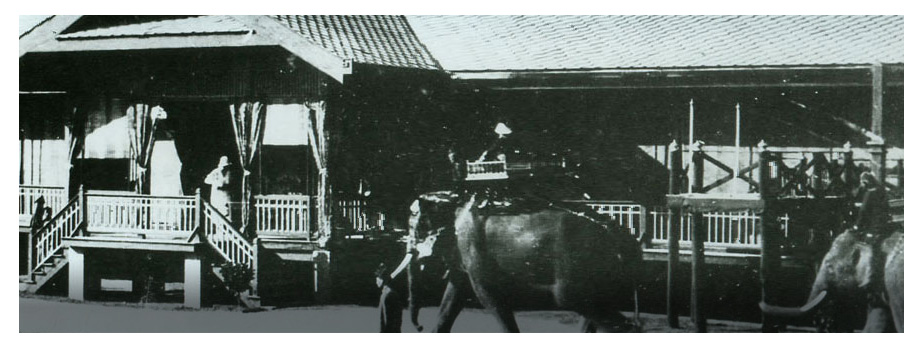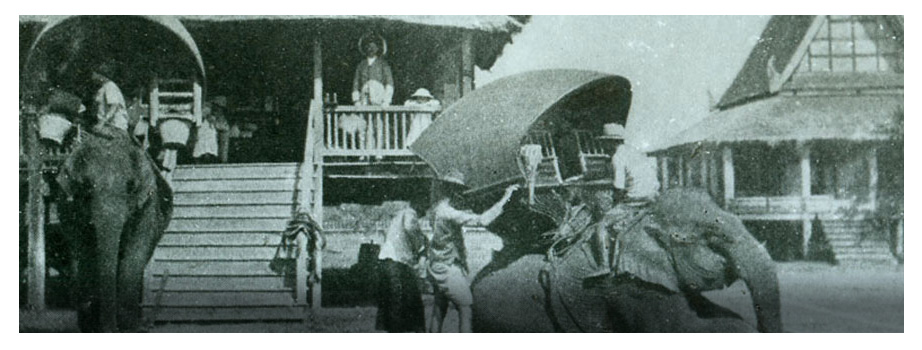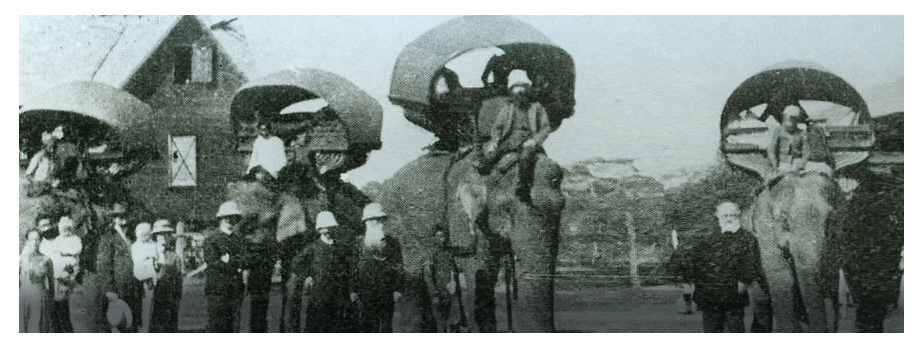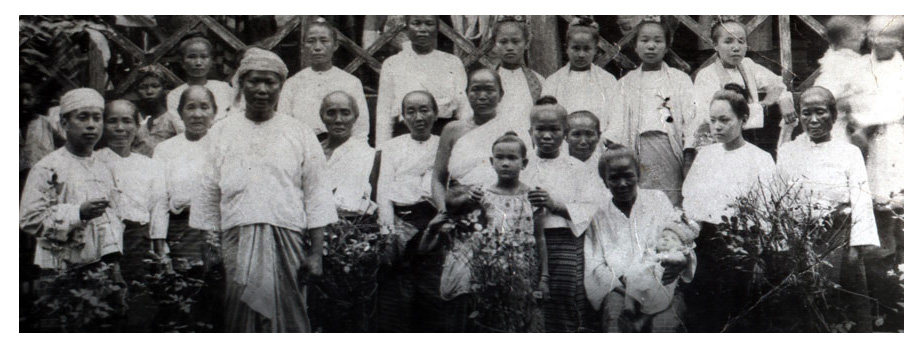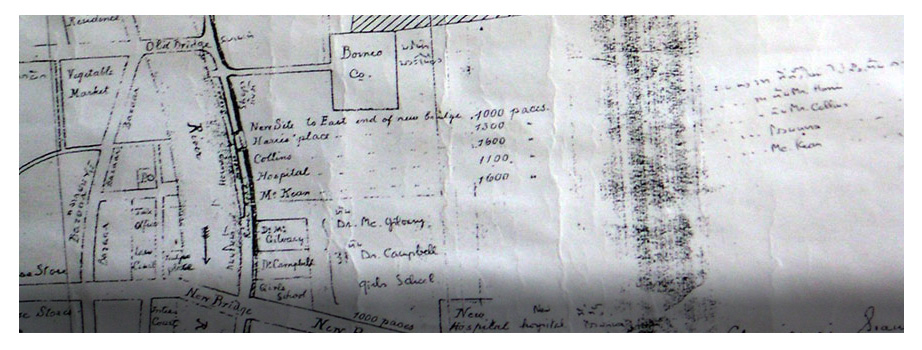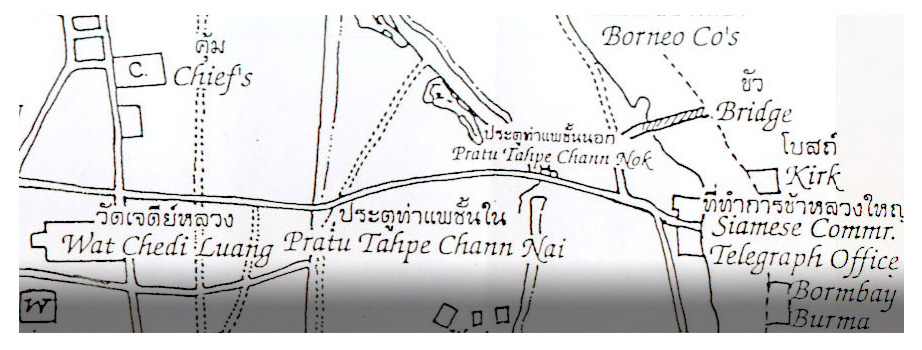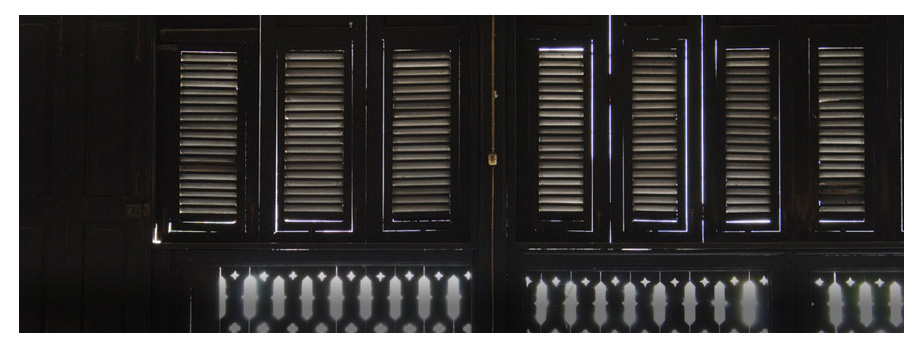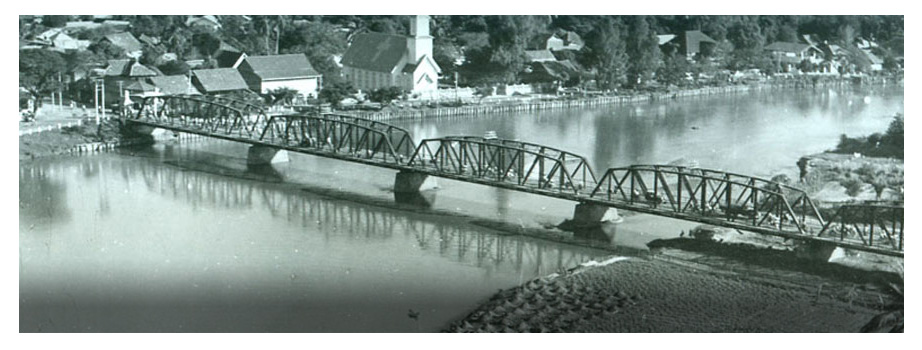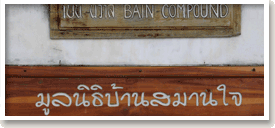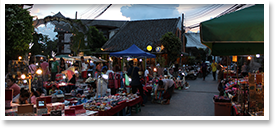



Heritage Tour
King Chulalongkorn, best known to foreigners as the royal student of Anna, the British teacher in the royal Thai court, signed the Treaty of Chiang Mai in 1883. This royal decree permitted foreigners like the British men of East Borneo Company to cut trees across the vast teak forests of northern Thailand for commercial purposes.
Chiang Mai in the 1880s offered the first European to settle here glory and hardship in equal measures. By royal decree, foreigners lived on the opposite side of the Ping River from the Thai people whom they called “Siamese.” In the early years, foreign wives were not allowed to settle up north. The men who rode elephants into the jungle then returned to ‘civilised’ society where tennis, squash and polo were enjoyed. Anna’s son Louis Leonowens joined the East Borneo Company in 1886, and opened its Chiang Mai office in 1889.
During Louis’ tenure as Superintendent for the Company in Chiang Mai, he opened the Company’s office along the Ping River on January 24, 1896. Three sprawling teak houses, each with more than 100 teak pillars were placed or built on this site and a fourth, 137 Pillars House as we now know it, was moved over from the west side of the river to the Company’s land in the foreigner’s enclave. He lived here briefly and the house continued to serve as the residence of the Company’s manager until 1927 though it remained part of Company’s headquarters until World War II. The Japanese invaded Thailand in December 1941 and commandeered all the Company’s Chiang Mai assets including this house. Most of the Company’s Chiang Mai staff escaped to freedom by walking to Burma.
In the post WWII years, the Company returned to North Thailand but sold its Chiang Mai headquarters to William Bain, a Scotsman educated at Harrow who at age 23 had fled his family’s expectation for Chiang Mai where he joined the Company. William married a local Mon girl and together they raised a family of two daughters and two sons. Son Jack followed in his father’s footsteps by joining the company and raising his own family on these ground.
The latest chapter in the long and fabled history of this unique house begins in 2002 when Bangkok-born Panida Wongphanlert came on holiday to Chiang Mai and fell in love with the house known to locals as Baan Dam, or “black house.” In her own words,
“We were charmed at first sight by 137 Pillar House. As we learned the true, fascinating story of this house and the East Borneo Company, we knew our family could share this slice of Thai history with the world.”

Directions to Hotel
Seven hundred kilometer northwest of Bangkok and just over 300 meters above sea level, Chiang Mai sits along the Mae Ping River, a tributary of the Chao Praya that flows through Bangkok.
Weather Forecast


